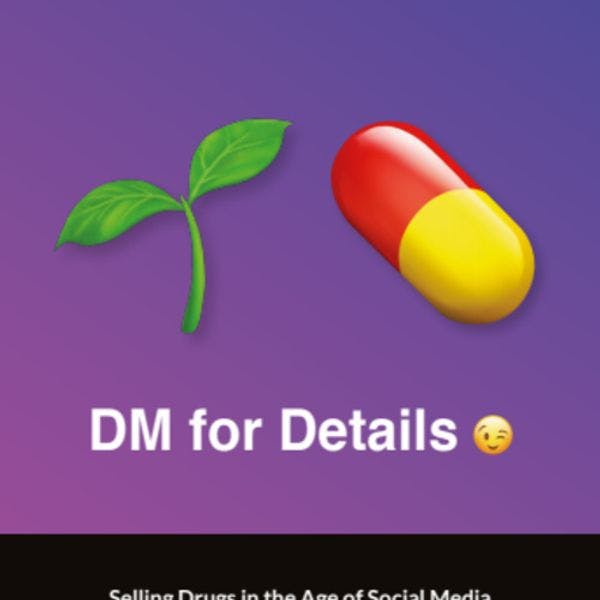DM for Details: Selling drugs in the age of social media
By Liz McCulloch & Scarlett Furlong / Volteface
Executive Summary
Introduction
In this report, Volteface aims to bridge the gap in understanding of how social media is being used as a marketplace for illicit drugs and the impact this is having on young people – social media’s primary user group.
This report examines how prevalent this phenomenon is, which platforms are most likely to host this activity, what drugs are being advertised, how the platforms are being used, and what impact this is having on young people’s wellbeing, as well as the challenges facing social media regulators and law enforcement.
Methodology
This research used a mixed methodology of both qualitative and quantitative research. To ascertain the prevalence of this phenomenon, Volteface commissioned Survation in January 2019 to conduct a nationally representative poll of 2,006 16-to-24 year olds.
An unrepresentative ethnographic trawl was conducted on Facebook, Instagram and Snapchat – the platforms on which the poll suggested that drug distribution activity is most prevalent. This involved setting up accounts that observed and recorded evidence of drugs being advertised and sold through these platforms. The researchers did not communicate with any social media users during the trawl and all published screenshots have been anonymised.
Volteface also invited relevant stakeholders to take part in interviews, an online survey and focus groups to evaluate the impact of drug selling and buying through social media platforms. A total of 24 interviews were conducted, five online survey responses were received and 30 young people aged 13 to 17 participated in four focus groups.
Key Findings
Prevalence
One in four young people (24%) reported that they see illicit drugs advertised for sale on social media – a significant figure considering how recent a phenomenon this is.
Of those who reported seeing illicit drugs advertised for sale on social media:
- 56% saw drugs being advertised on Snapchat, 55% on Instagram and 47% on Facebook.
- 63% saw cannabis being advertised – making it the most commonly seen drug advertised for sale.
- Cocaine was the second drug most commonly seen advertised (26%), followed by MDMA/Ecstasy (24%), Xanax (20%), Nitrous Oxide (17%) and Codeine/Lean (16%).
- 72% said that they see illegal drugs advertised for sale on social media sites or apps once a month or more.
- 36% were not concerned by seeing drugs advertised for sale on social media. Worryingly, this percentage increased the younger the respondent. 33% aged 18+ were not concerned, but this jumped to 48% for under-18s.
The data indicated that there is an association between frequency of social media use and the likelihood of seeing drugs advertised for sale. The baseline of seeing drugs advertised for sale on social media is 24%. This increases to 29% of respondents who use social media every hour, compared to 14% of respondents who use social media once a day.
Conclusion
Social media is providing drug dealers with easy-to-use and familiar platforms that they can utilise to find and build trust with customers, advertise their business, and disguise their activities. Concerningly, Volteface’s research has shown that dealers have been quick to take up this opportunity, with one in four young people now seeing drugs advertised for sale on social media.
The emergence of drug markets on social media is not simply a transfer of harmful activity from the offline world onto the online world. It is a new problem which presents new threats. Regulators and enforcers will not be able to tackle this new, illicit online drug market and minimise the harms associated with it unless innovative approaches are put in place.
